After cooking, many people often have the habit of pouring excess oil directly into the sink without knowing that this is not good. So, why shouldn't you pour oil down the sink?
Why shouldn't you pour grease down the sink?
Excess cooking oil and grease are often thrown away rather than reused, but if you pour it down your drain, the consequences can be worrying.
Oil left in a pan after cooking will solidify at room temperature. Pouring it down the drain will harden, sticking to the inside of the pipe. Oil sticks to the walls of the drain and accumulates, thickening over time, becoming a blockage in the flow of water and even causing your sink to smell bad.
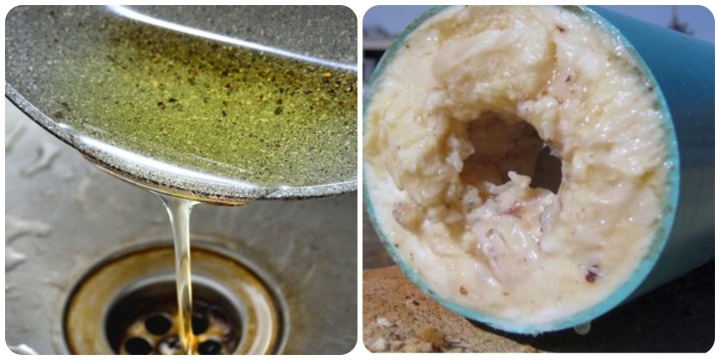
Leftover cooking oil poured directly into the sink for a long time will clog the drain and make the sink smell unpleasant.
How to properly dispose of leftover cooking oil
Disposing of excess grease is simple, but remember never to pour it directly into the sink. You can simply throw the cooking oil in the trash, but follow these steps:
First you need to let the oil or fat cool completely or solidify.
Once the oils have cooled, place them in an airtight container so they can be thrown away.
Once the container is full, place it in a plastic bag to prevent oil from leaking out and finally throw it in the trash.
Alternatively, you can contact a waste cooking oil collection facility to come and collect the discarded oil. In many countries, there are facilities that use processing technology to convert old cooking oil into Biodiesel, a fuel used in industry. This is very beneficial for the environment.
Even if you remove most of the excess oil, use a paper towel to wipe down any pots, pans, and dishes that have come into contact with the oil before putting them in the sink. Understand that even small amounts of excess oil and grease can be hazardous to your plumbing system, as they will build up over time.
How to filter used cooking oil
If your cooking oil is used properly and is not burnt or overheated, you can reuse it with the simple tips below:
- Line a funnel or sieve with a paper towel or coffee filter, and place a clean bowl underneath to catch the oil. Filter the cooking oil through the sieve and oil-absorbing paper several times to remove all food residue and ensure the oil is clean for the next use. When the cooking oil has cooled, put it in a glass jar with a lid, store in the refrigerator, freezer or in a cool place.
- Using tapioca starch, cornstarch: Mix a little cornstarch with water. Add this mixture to the hot oil. Heat the cooking oil on the stove over low heat while stirring continuously with a spoon until the starch mixture gradually solidifies. This process usually takes about 10-12 minutes. The starch mixture will absorb all the residue in the oil. Finally, you just need to filter the oil with a fine mesh sieve to help the oil clean and clear. Let the filtered cooking oil cool and store in a sealed glass container.
Ha An (Synthesis)
Useful
Emotion
Creative
Unique
Source



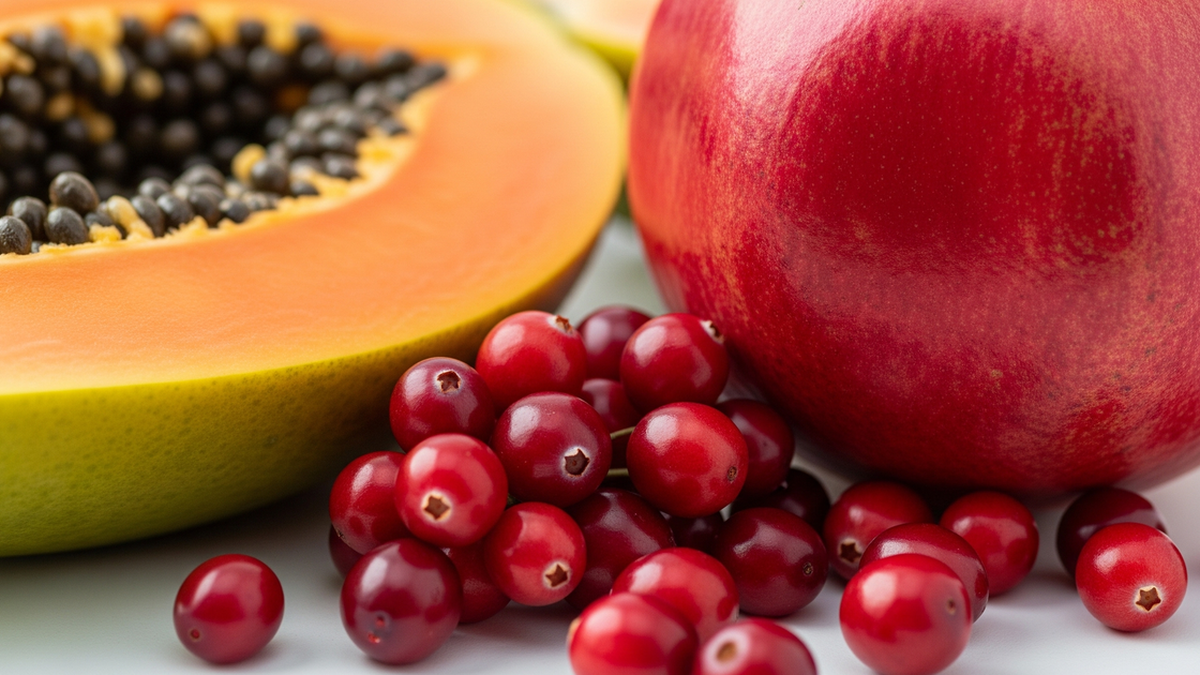
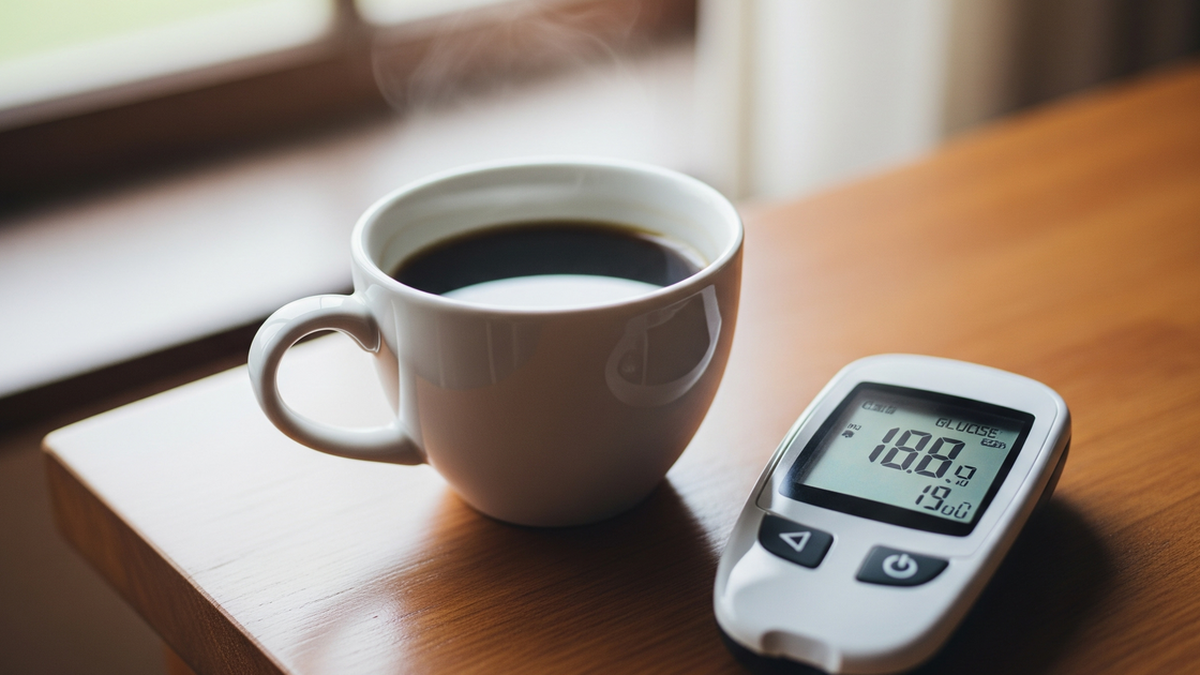


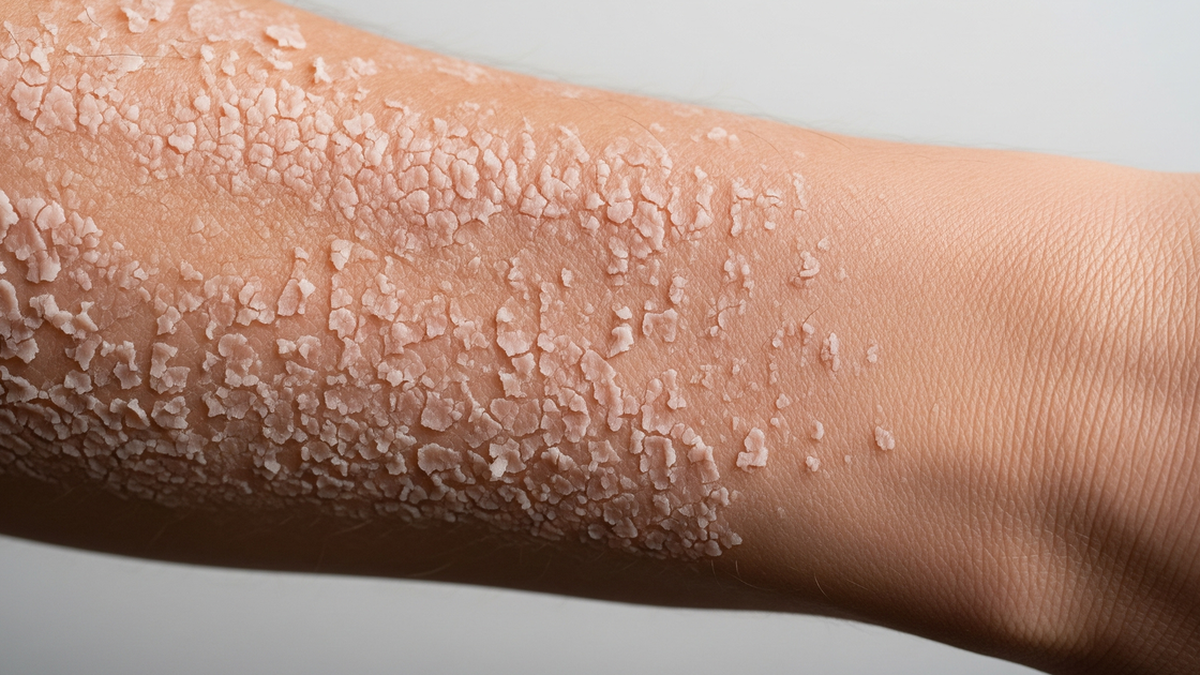






















![[Photo] National Assembly Chairman attends the seminar "Building and operating an international financial center and recommendations for Vietnam"](https://vphoto.vietnam.vn/thumb/1200x675/vietnam/resource/IMAGE/2025/7/28/76393436936e457db31ec84433289f72)















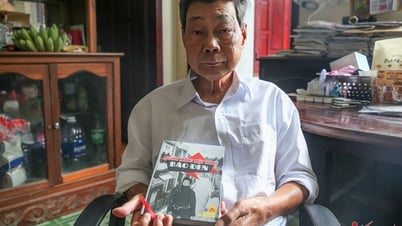





















































Comment (0)